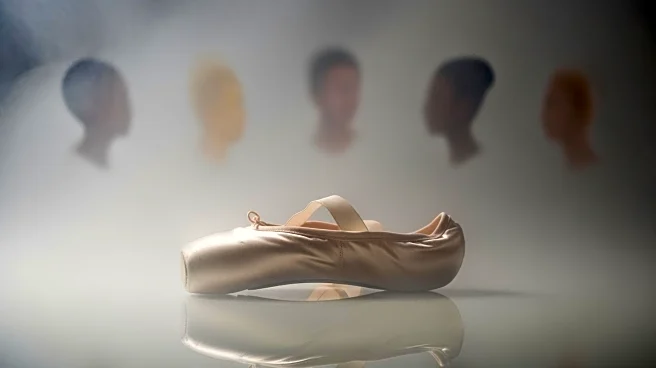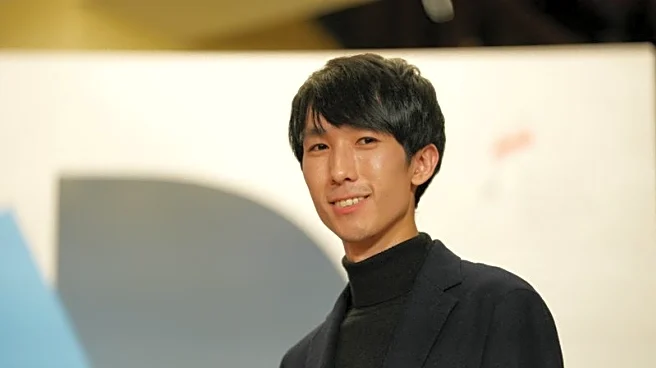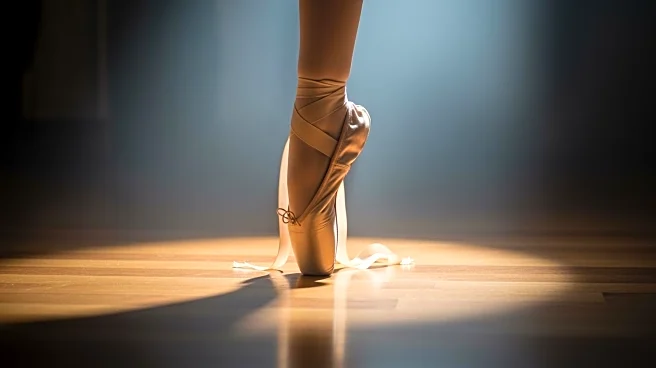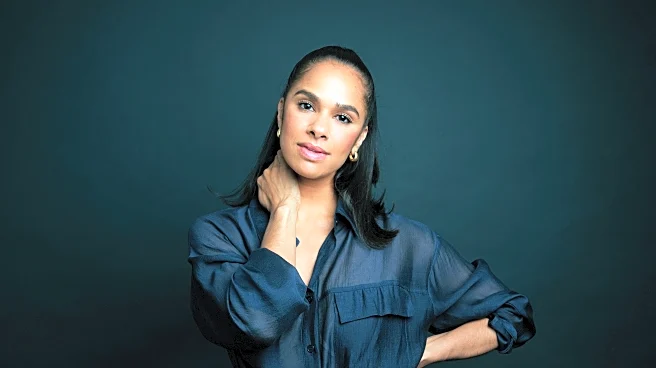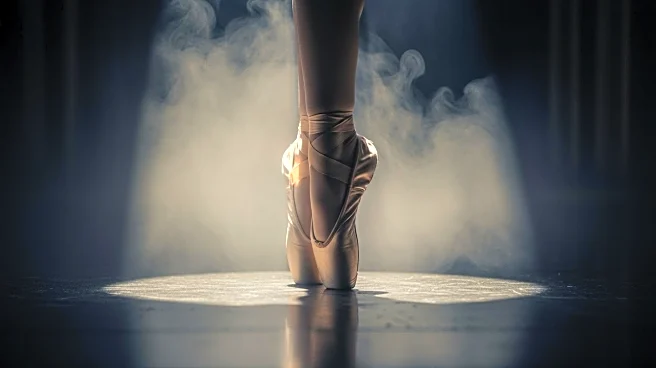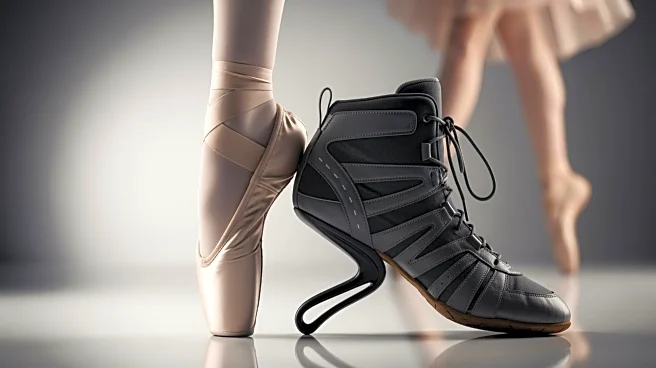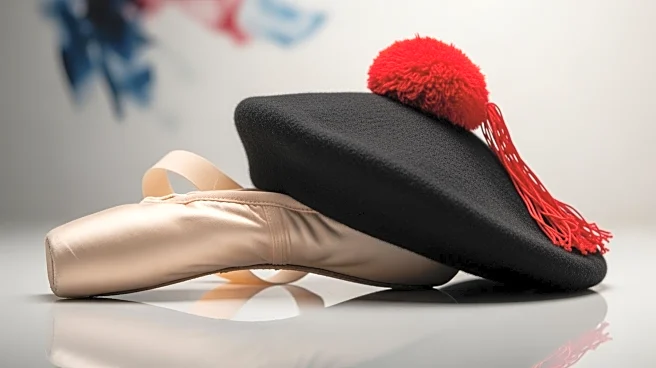What's Happening?
Misty Copeland, a trailblazing figure in the ballet world, is set to retire after a 25-year career with the American Ballet Theatre (ABT). Her final performance will take place at ABT's Fall Gala, marking her return to the stage after a five-year hiatus.
Copeland made history in 2015 as the first Black woman to be promoted to principal dancer at ABT, a significant milestone in the traditionally homogeneous world of ballet. Her career has been closely tied to broader social movements, such as Black Lives Matter, which have highlighted racial disparities across various sectors, including the arts. Despite her groundbreaking achievements, Copeland's departure leaves ABT without a Black female principal or soloist, raising concerns about the future of diversity in ballet.
Why It's Important?
Copeland's retirement underscores ongoing challenges in achieving racial diversity within the ballet industry. Her career has been a beacon of hope for many aspiring dancers of color, challenging the industry's rigid beauty standards and lack of representation. The absence of another Black woman in a principal role at ABT highlights the systemic barriers that persist in the art form. Copeland's visibility and advocacy have sparked important conversations about inclusivity, yet the financial and structural obstacles that limit access to ballet for underrepresented communities remain significant. Her departure comes at a time when public funding for the arts is decreasing, and institutions are scaling back on diversity initiatives, potentially stalling progress made in recent years.
What's Next?
As Copeland steps away from the stage, she continues to influence the future of ballet through her foundation, which aims to provide access to dance education for children from diverse backgrounds. The Misty Copeland Foundation's 'BE BOLD' initiative seeks to inspire the next generation of dancers by offering inclusive teaching and afterschool programs. The broader ballet community faces the challenge of maintaining momentum in diversity efforts without Copeland's direct influence. The industry's response to her retirement will be crucial in determining whether the progress made in diversifying ballet can be sustained and expanded.
Beyond the Headlines
Copeland's career has not only challenged racial barriers but also questioned the aesthetic norms of ballet, advocating for a broader acceptance of diverse body types and identities. Her openness about personal experiences, such as painting her pointe shoes to match her skin tone, has initiated discussions on inclusivity in dance attire. The cultural impact of her career extends beyond ballet, as she has become a symbol of perseverance and possibility for many marginalized communities. The ongoing dialogue about diversity in ballet reflects broader societal debates about representation and equity in the arts.
